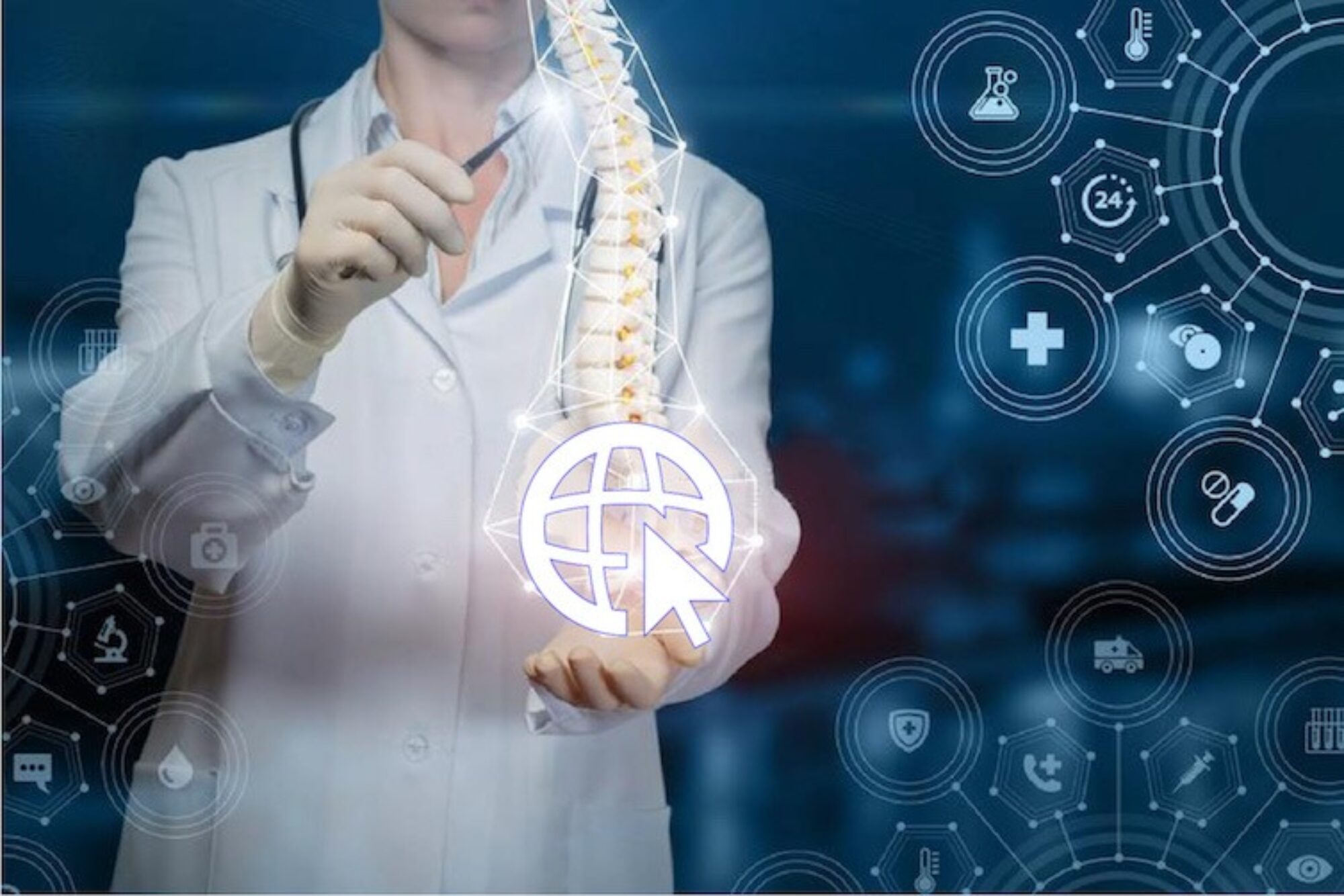Ankylosing Spondylitis (AS)
What is Ankylosing Spondylitis?
Ankylosing spondylitis is a type of arthritis that causes inflammation in the joints and ligaments of the spine. Normally, the joints and ligaments in the spine help us move and bend. If you have ankylosing spondylitis, over time, the inflammation in the joints and tissues of the spine can cause stiffness.
What are they symptoms of AS?
Symptoms of AS include back pain, early morning stiffness, and a stooped posture. AS can cause other symptoms such as appetite loss, weight loss, fatigue, fever, anemia, eye inflammation, and digestive illness.
Who Gets Ankylosing Spondylitis?
Anyone can get ankylosing spondylitis; however, certain factors may increase your risk for developing the disease. These factors include:
- Family history and genetics. If you have a family history of ankylosing spondylitis, you are more likely to develop the disease.
- Age. Most people develop symptoms of ankylosing spondylitis before age 45. However, some people develop the disease when they are children or teens.
- Other conditions. People who have Crohn’s disease, ulcerative colitis, or psoriasis may be more likely to develop the disease. Reference
- The presence of peripheral arthritis, or high disease activity with elevated CRP level or unmanageable by conventional NSAID (a drug used to reduce pain, redness, swelling, and fever in the body), independently increased the risk of adult onset AS, suggesting that clinicians should focus on the detection and monitoring of adult onset AS, especially in cases with associated risk factors.” Reference
Is there a test to help diagnose AS Diagnosed?
At this time, no single test diagnoses ankylosing spondylitis. Your doctor may order a blood test to check for the HLA-B27 gene, which is present in most people with the disease. You may have the HLA-B27 gene and never develop ankylosing spondylitis, but it can give doctors more information when making a diagnosis.
To diagnose ankylosing spondylitis, your doctor will ask you about your medical history and perform a physical exam. Your doctor may order imaging studies and lab tests to help confirm a diagnosis.
Medical and Family History
Your doctor may ask about your medical and family history, including questions such as:
- How long have you had pain?
- Where is your pain?
- What makes the pain better or worse?
- Does anyone in your family have a history of back pain, joint pain, or arthritis?
Physical Exam
A physical exam may include:
- Examining your joints, including your spine, pelvis, heels, and chest.
- Watching how you move and bend in different directions, checking for flexibility.
- Asking you to breathe deeply to check for rib stiffness and inflammation.
Imaging Studies
Your doctor may order imaging studies to help diagnose ankylosing spondylitis:
- X-rays help doctors see joint changes. However, you may have the disease for years before the changes show on x-rays. Doctors may use x-rays to monitor the progression of the disease or to rule out other causes for the joint pain.
- Magnetic resonance imaging (MRI) uses energy from a powerful magnet to produce signals that create a series of cross-sectional images. These images or “slices” are analyzed by a computer to produce an image of the joint. MRI can help diagnose ankylosing spondylitis in the early stages of the disease.
Ankylosing Spondylitis and Atlantoaxial Instability
Atlantoaxial instability has been described as a manifestation of ankylosing spondylitis (juvenile and adult onset), reactive arthritis, juvenile idiopathic arthritis, and rheumatoid arthritis; however, it has rarely been reported as an early manifestation of these disorders. Reference

